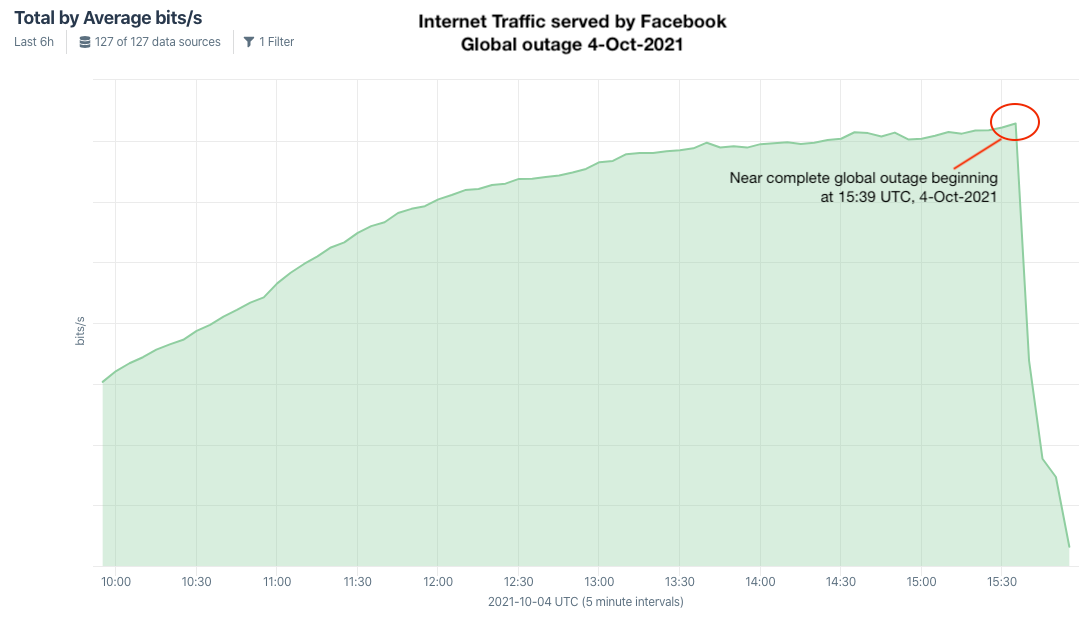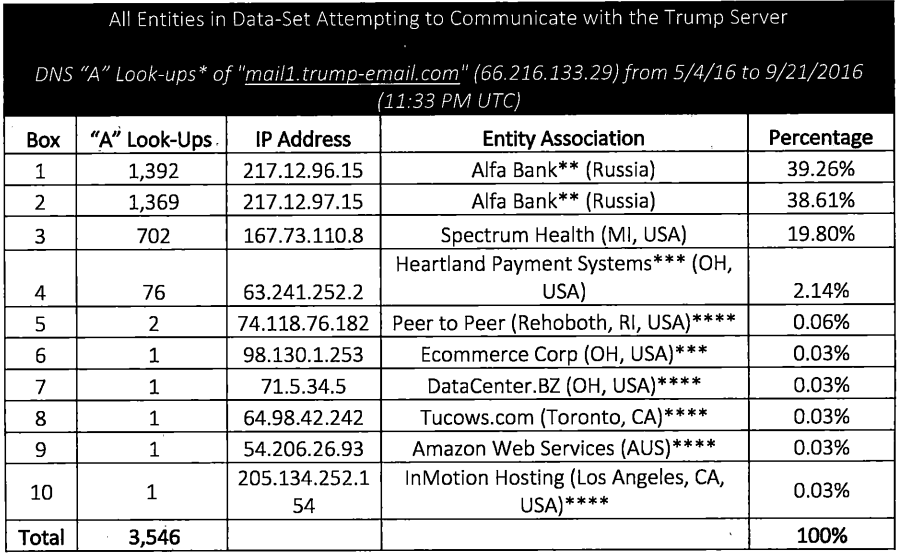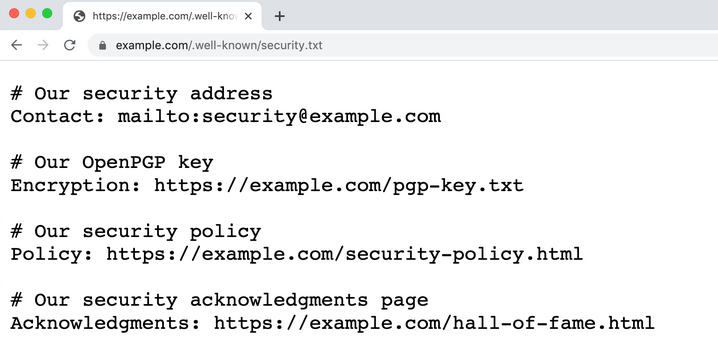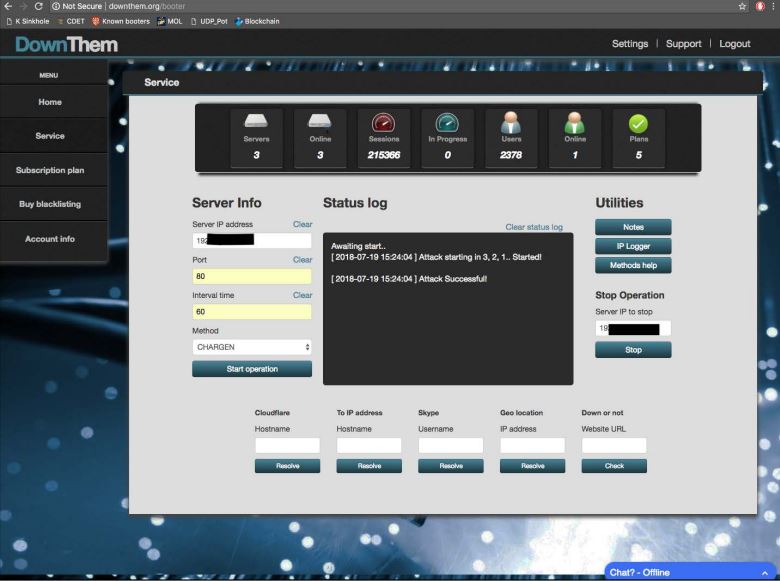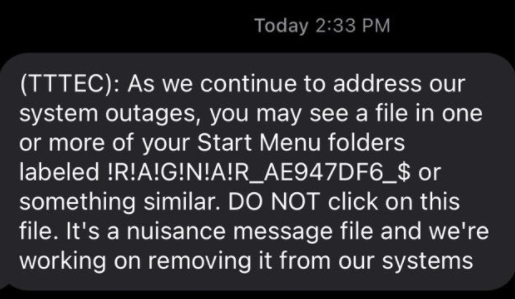Microsoft today issued updates to plug more than 70 security holes in its Windows operating systems and other software, including one vulnerability that is already being exploited. This month’s Patch Tuesday also includes security fixes for the newly released Windows 11 operating system. Separately, Apple has released updates for iOS and iPadOS to address a flaw that is being actively attacked.
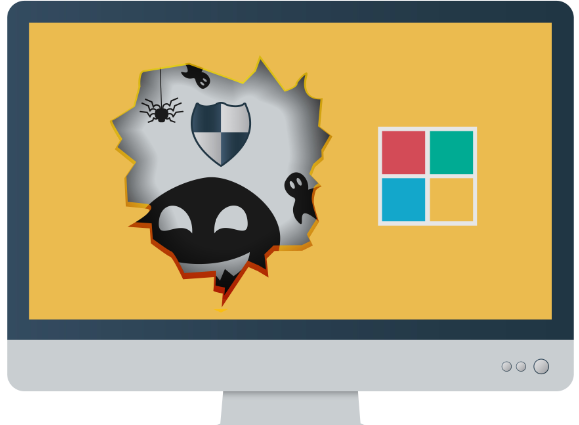
Firstly, Apple has released iOS 15.0.2 and iPadOS 15.0.2 to fix a zero-day vulnerability (CVE-2021-30883) that is being leveraged in active attacks targeting iPhone and iPad users. Lawrence Abrams of Bleeping Computer writes that the flaw could be used to steal data or install malware, and that soon after Apple patched the bug security researcher Saar Amar published a technical writeup and proof-of-concept exploit derived from reverse engineering Apple’s patch.
Abrams said the list of impacted Apple devices is quite extensive, affecting older and newer models. If you own an iPad or iPhone — or any other Apple device — please make sure it’s up to date with the latest security patches.
Three of the weaknesses Microsoft addressed today tackle vulnerabilities rated “critical,” meaning that malware or miscreants could exploit them to gain complete, remote control over vulnerable systems — with little or no help from targets.
One of the critical bugs concerns Microsoft Word, and two others are remote code execution flaws in Windows Hyper-V, the virtualization component built into Windows. CVE-2021-38672 affects Windows 11 and Windows Server 2022; CVE-2021-40461 impacts both Windows 11 and Windows 10 systems, as well as Server versions.
But as usual, some of the more concerning security weaknesses addressed this month earned Microsoft’s slightly less dire “important” designation, which applies to a vulnerability “whose exploitation could result in compromise of the confidentiality, integrity, or availability of user data, or of the integrity or availability of processing resources.”
The flaw that’s under active assault — CVE-2021-40449 — is an important “elevation of privilege” vulnerability, meaning it can be leveraged in combination with another vulnerability to let attackers run code of their choice as administrator on a vulnerable system.
CVE-2021-36970 is an important spoofing vulnerability in Microsoft’s Windows Print Spooler. The flaw was discovered by the same researchers credited with the discovery of one of two vulnerabilities that became known as PrintNightmare — the widespread exploitation of a critical Print Spooler flaw that forced Microsoft to issue an emergency security update back in July. Microsoft assesses CVE-2021-36970 as “exploitation more likely.”
“While no details have been shared publicly about the flaw, this is definitely one to watch for, as we saw a constant stream of Print Spooler-related vulnerabilities patched over the summer while ransomware groups began incorporating PrintNightmare into their affiliate playbook,” said Satnam Narang, staff research engineer at Tenable. “We strongly encourage organizations to apply these patches as soon as possible.” Continue reading




